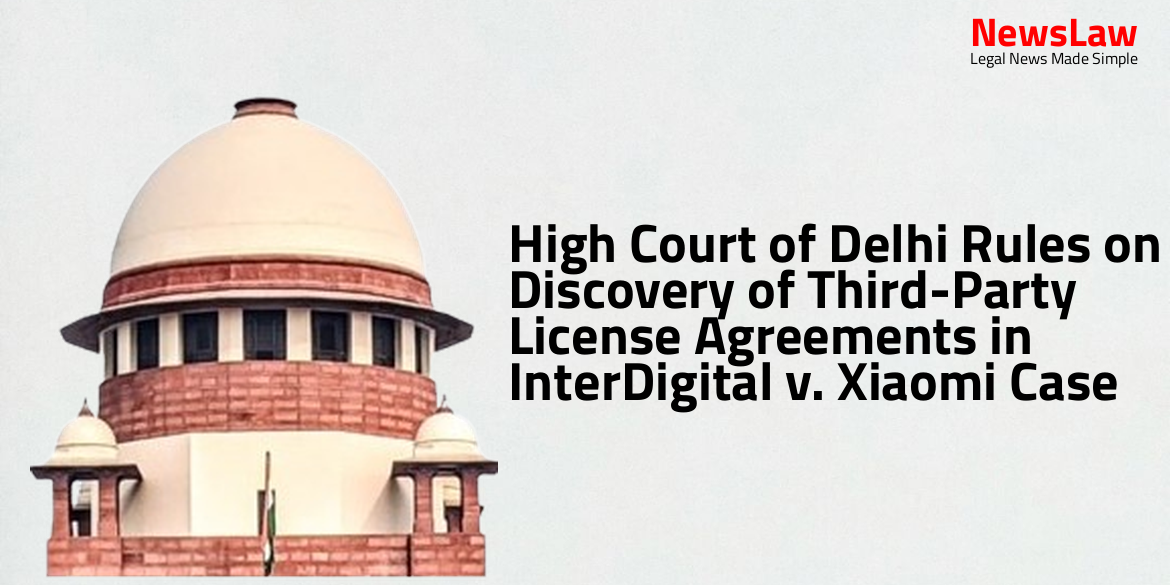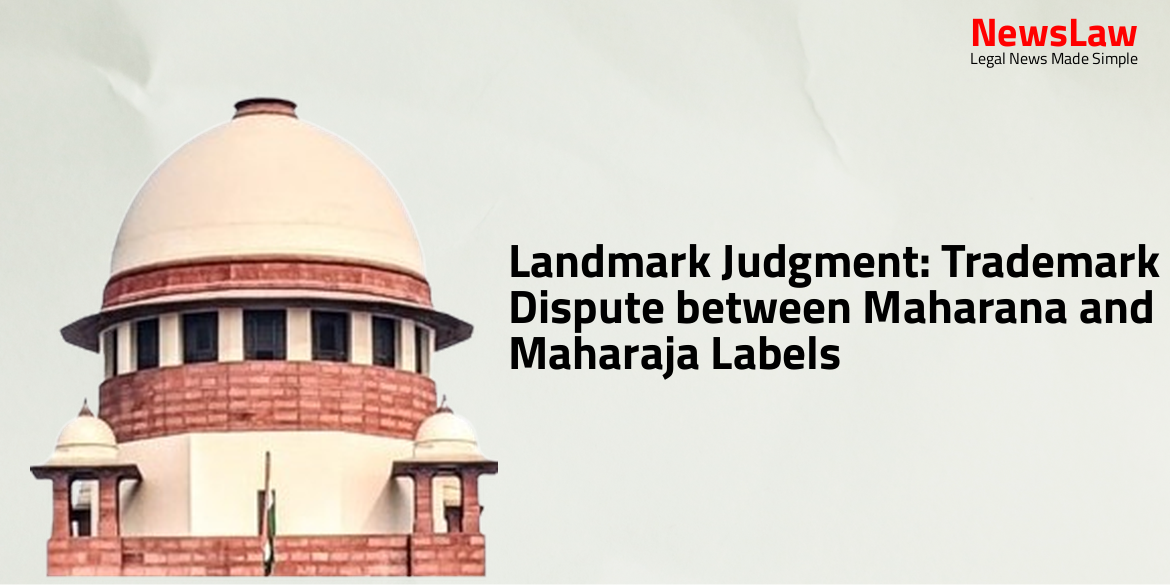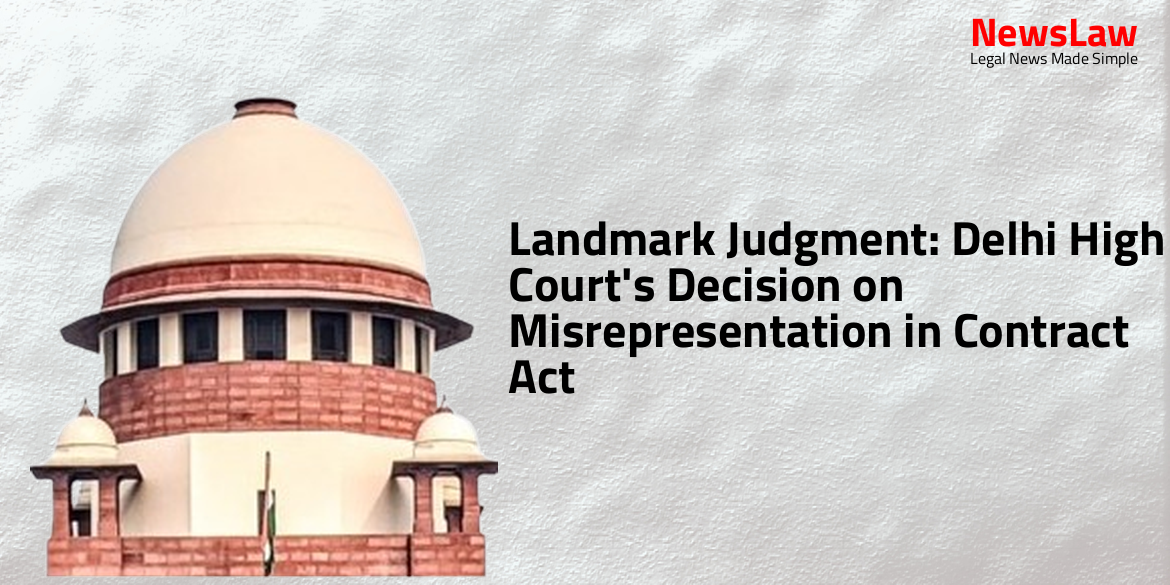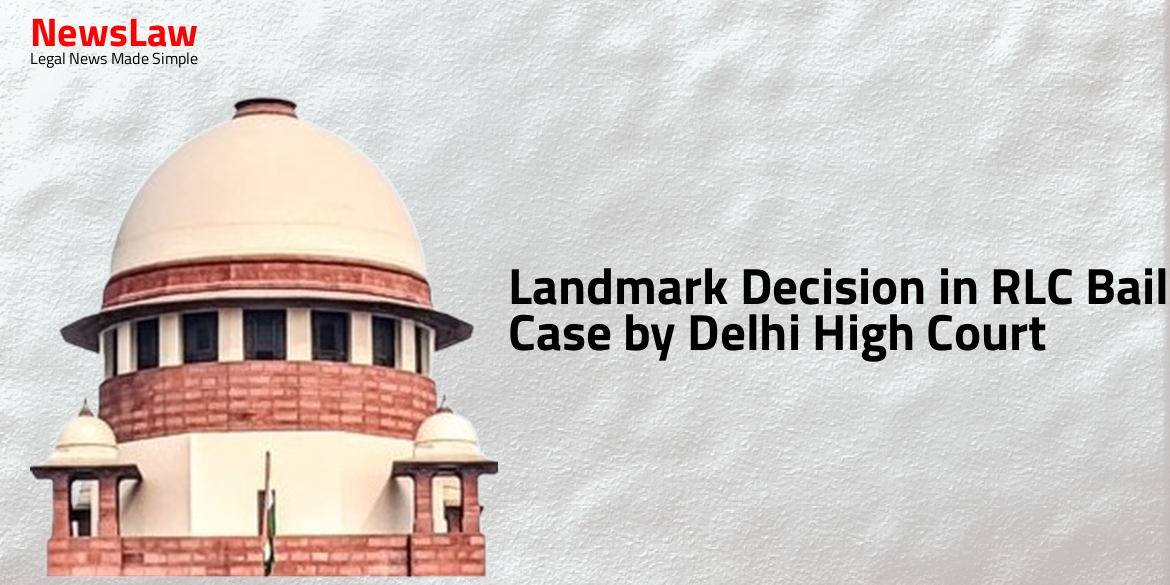In a recent verdict, the High Court of Delhi has provided guidance on the discovery of third-party license agreements in the case of InterDigital v. Xiaomi. The judgment addresses the relevance of these agreements in assessing FRAND rates and exhaustion issues. This ruling marks a crucial milestone in the ongoing legal battle between the parties.
Facts
- Direction sought for plaintiffs to place all third-party agreements relating to alleged SEPs on record.
- I.A. 11485/2022 and I.A. 11484/2022 filed by defendants under Rule 11 of High Court of Delhi Rules with Section 151 of CPC for confidentiality club.
- Plaintiffs limited request to agreements with Qualcomm and Ericsson in CS (COMM) 692/2021 and with Orange SA in CS(COMM) 707/2021.
- Counter claims filed by defendants under Section 64 of Patents Act, 1970 seeking production of license agreements with third-party SEP holders and agreements with Qualcomm for components.
- Request made by defendants to include plaintiffs’ Qualcomm Agreement in confidentiality club along with seven agreements.
Arguments
- Plaintiffs argue that access to Oppo’s agreements is crucial to determine royalties and disprove defendants’ claim that the technology is only in the chipset, not in the handset.
- Counsel for plaintiffs rely on previous cases to support the relevance of agreements of implementers for royalty determination.
- The defendants’ Qualcomm agreement is considered relevant to establish the scope of implementation and the nature of technology acquired.
- The plaintiffs aim to show that Oppo’s royalties to third-party SEP licensors for similar technology are higher than what they offered in negotiations.
- The doctrine of exhaustion raised by defendants is challenged by the need to examine the Qualcomm agreement, which may disprove the exhaustion defense.
- Plaintiffs stress that the Qualcomm agreement would clarify whether the patents work on the chipset or handset and the technology transferred by Qualcomm to defendants.
- The need for the Qualcomm agreement is emphasized to demonstrate that the exhaustion defense is unsustainable and to determine the royalties to be paid.
- The plaintiffs contend that Oppo’s agreements would show payments to licensors at the handset level, not just the chipset level.
- Oppo’s request for discovery of InterDigital’s Qualcomm agreement is deemed irrelevant and inapplicable due to various factors, including patent expiration and technology differences.
- The defendants’ Qualcomm agreement is considered necessary to challenge the exhaustion defense and highlight that the patents claim the implementation in the handset, not just the chipset.
- Defendants pressed for FRAND rates from plaintiffs for license of their SEPs based on agreements with Ericsson and Orange SA.
- Agreement with Qualcomm related to earlier technology not subject of the issue with defendants’ use of technology.
- Unequal balance would result from proposed arrangement by Mr. Pravin Anand as InterDigital officials would have access to third-party agreements while Xiaomi’s personnel would not.
- Insistence by Xiaomi on access to documents of InterDigital’s proposed reliance justifies an adverse inference against Xiaomi according to Mr. Pravin Anand.
- Issue raised by defendants regarding exhaustion and FRAND rates difference in India and UK. Defendants seek discovery of Qualcomm agreement executed between plaintiffs and Qualcomm for relevance.
- Supreme Court’s articulation on essence of discovery in M.L. Sethi (supra) case discussed.
- Plaintiffs seek production of Qualcomm agreement by defendants to shed light on exhaustion defense.
- Plaintiffs claim Qualcomm agreement was for chipset manufacture and not relevant to infringing technology used by defendants.
- Non-production of agreement may draw adverse inference against defendants according to plaintiffs.
- Dispute between parties on technology implementation in handsets vs chipsets authorized by plaintiffs.
- Plaintiffs claim defendants are using patented technology in SEP in their handsets while defendants claim technology is in chipsets procured from Qualcomm authorized by plaintiffs.
Analysis
- Justice Birss rejected InterDigital’s request for discovery of third-party license agreements on grounds of third-party confidentiality.
- The court noted that in similar cases, plaintiffs are required to produce third-party license agreements rather than the defendants.
- Reference was made to the InterDigital v. Xiaomi case where the need for reviewing SEP holders’ third-party license agreements for assessing FRAND rates was highlighted.
- The relevance of third-party license agreements in determining exhaustion issues was emphasized, as seen in the case of Ericsson’s agreement with Qualcomm in the Lava case.
- Lenovo’s disclosure of licenses not deemed proportionate due to third-party confidentiality concerns.
- Ericsson’s agreement with Qualcomm Inc. is limited to CDMA applications only, potentially infringing on multimode handsets implementing 2G and EDGE technologies.
- Discovery of Qualcomm chipsets’ licensing status relevant to determine representation made by Qualcomm to defendants and infringement of plaintiffs’ SEPs.
- Plaintiffs’ FRAND rates claim hinges on defendants’ use of Qualcomm chipsets implementing plaintiffs’ patents.
- Plaintiffs’ agreements with Qualcomm considered relevant for determining exhaustion and FRAND issues.
- InterDigital required to allow SEPs exploitation by granting FRAND licenses to defendants like Xiaomi.
- Defendants’ agreements with other SEP licensors deemed irrelevant, with focus on plaintiffs’ Qualcomm agreement for verification of technology implementation and licensing terms.
- Adverse inference possibility against Xiaomi if unwilling for third-party license agreements disclosure.
- Defendants’ agreement with Qualcomm shows technology transfer details, while third-party agreements not relevant for assessing FRAND rates.
- InterDigital’s requirement for Xiaomi to take license at offered rates deemed necessary for SEPs exploitation.
- Plaintiffs’ application lacks specific reasons for requiring third-party agreements, apart from general usefulness for determination.
- Ericsson granted limited rights under its 3G standard essential patents to Qualcomm’s CDMA Applications.
- Qualcomm has no rights under Ericsson’s GSM, GPRS, and EDGE related standard essential patents.
- Defendants are required to disclose and include the agreements executed with Qualcomm in the confidentiality club, with a copy filed before the Court in a sealed cover.
- Ericsson has not licensed a chipset manufacturer in the past 10-15 years, except for Qualcomm due to a larger business arrangement where Ericsson purchased Qualcomm’s CDMA infrastructure business.
Decision
- Plaintiffs’ agreement with Qualcomm to be disclosed and made part of the confidentiality club
- A copy of the agreement may be filed before the Court in a sealed cover
- Judgment to be uploaded on the website of the Court
- Parties to accomplish the above within four weeks
- Plaintiffs’ request for discovery of defendants’ Ericsson and Orange S.A. agreements is rejected
Case Title: INTERDIGITAL TECHNOLOGY CORPORATION & ORS. Vs. GUANGDONG OPPO MOBILE TELECOMMUNICATIONS CORP. LTD. & ORS. (2024:DHC:4610)
Case Number: CS(COMM)-692/2021



